Today’s guest post is by Tobias, founder of Geek Prepper.
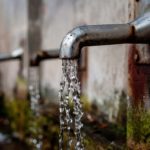 One of the most common disaster aftermaths is the inability to access safe drinking water. Note that after a huge natural disaster, like a flood or hurricane, the main source of water supply in your place can be cut off temporarily or get contaminated. To determine whether the water in your place is safe, make sure to listen to the announcements of the authorities in your locality.
One of the most common disaster aftermaths is the inability to access safe drinking water. Note that after a huge natural disaster, like a flood or hurricane, the main source of water supply in your place can be cut off temporarily or get contaminated. To determine whether the water in your place is safe, make sure to listen to the announcements of the authorities in your locality.
The local authorities will be responsible for letting you know whether the tap water in your area is safe to use for drinking, bathing, or cooking. If they announce that the water supply is still not safe, the best thing that you can do is to look for bottled water and stick to using that. Make it a point to disinfect or boil water that you intend to use for cleaning, bathing, or cooking.
Unless you have an assurance that the local water supply is safe, stick to using treated, boiled, or bottled water not only for cooking and drinking but also for washing dishes, bathing, hand-washing, brushing your teeth, and cleaning. This is essential in preventing yourself and your family from dealing with illnesses brought on by unsafe and contaminated water.
The following tips can also eliminate your concerns about how to access safe drinking water after a disaster:
Disinfect water through boiling
One of the best methods of disinfecting water and making it as safe as possible is boiling. It can kill dangerous organisms present in water that might cause certain ailments. Make sure to use clean containers when boiling water. The first thing that you should do is to use a clean cloth, paper towel, or coffee filter to strain dirty water into a container. This is necessary for removing floating matter and sediments in the water.
Boil the water in the container for at least five minutes. Wait for it to cool down before using. If you want to improve the taste of boiled water, adding one pinch of salt to every quart of it can help. Pouring water from one container to another (make sure that the container is clean) back and forth for several times can also further improve the taste of boiled water.
Treat water that shows signs of contamination
Only drink safe and clean water and treat those sources that you find suspicious, like cloudy water from faucets. However, if you do not have other choices, then you can rest assured that you are allowed to treat the water. When planning to treat a seemingly contaminated water, make sure to let it settle in a clean container first before the actual treatment. This is essential in allowing particles to settle at the bottom.
With the help of a few layers of clean cloth or a coffee filter, strain the contaminated water. You can treat it afterward by boiling. As an alternative to boiling, you may also use standard household bleach. If you wish to disinfect or purify water with bleach then avoid using those that are scented as well as those with added cleansing ingredients.
For every gallon of water, add around one-eighth teaspoon of household bleach. Stir the solution then allow it to stand for around thirty minutes. You will know right away if you are successful in treating the water if it starts giving off a faint bleach smell. In case that smell is not noticeable then add one-eighth teaspoon more of the household bleach. Set it aside for fifteen minutes more. If no bleach smell is still noticeable then consider tossing that water and look for a new source.
Use your private water supply only after a thorough inspection
In case you have a water supply of your own, like a well, cistern, or any other source of private water, make sure to ask the health department in your locality first to examine it. This is to determine sanitary quality before using it. You have to get a guarantee that it is indeed safe for you and your family.
It should be tested to figure out whether it contains E. coli or fecal coliforms – both of which are bacteria that can trigger serious ailments when ingested by the body. You need to have it tested after disasters and emergencies, especially during floods, because these sources of private water will most likely be dangerous for you to use.
You need to gain an assurance of the safety of water through official test results before resuming your use of it. Do not forget to disinfect and purify all sources of water, too, to guarantee your safety.
Use iodine for water purification/disinfection purposes
One great thing about iodine is that it is capable of making water contaminated with bacteria safe for drinking. For you to start using iodine to purify and disinfect water, pour around five drops of it for every liter or quart of water you intend to disinfect.
For colored or cloudy water, increase the number of drops of iodine to 10. Stir the mixture then let it stand for a minimum of thirty minutes. After that, you can safely use the purified water. However, if you or any member of your family are pregnant or have thyroid issues then avoid using iodine as this might compromise your health.
Find other sources of water around your home
If you are still lucky to be able to stay in your home after a huge disaster then consider finding sources of it around. These include:
- Water heaters – To get water from your water heater, make sure to turn off its power then give the tank some time to cool down. Put a container beneath the tank then open up the drain valve, which you can find at the bottom. Avoid turning on the tank until the restoration of the utility services.
- Toilet tank – You can also get safe water from a toilet tank. Avoid getting the water from the bowl, though. Note that the water from the tank is completely safe unless it is already treated with chemicals.
- Outdoor sources – Some of the sources of water outdoors are rainwater as well as water supplied by coiled garden houses. Just make sure to use it only after disinfecting and purifying it.
Conclusion
While it is a bit challenging to find a source of clean and safe water following a disaster, it is still possible by just being resourceful. Just make sure to avoid disinfecting and purifying water with an extremely dark color, foul odor, floating material and chemicals from spills, like gas or oil, as it might be completely unsafe.
Also, keep in mind that clean water is vital to your survival during an emergency or after a disaster so avoiding rationing it. Try consuming a minimum of two quarts every day or until there is a good supply. It also helps to invest in water filter systems for preppers before any disaster strikes as you can use this system to avoid running out of clean water during those times when you are in desperate need of it.
Author’s Bio:
I’m Tobias, The Geek Prepper. I intend to be of help to you and your loved ones as you prepare for natural and manmade disasters or any other emergencies. My posts about prepping are detailed and well-researched.
For unfamiliar topics, I team up with experts to create and publish highly accurate and informative content. I also make it a point to gather information from trusted private and government sources. My goal is to help everyone be fully prepared for any disaster or emergency so you can deal with it calmly without panic and anxiety.
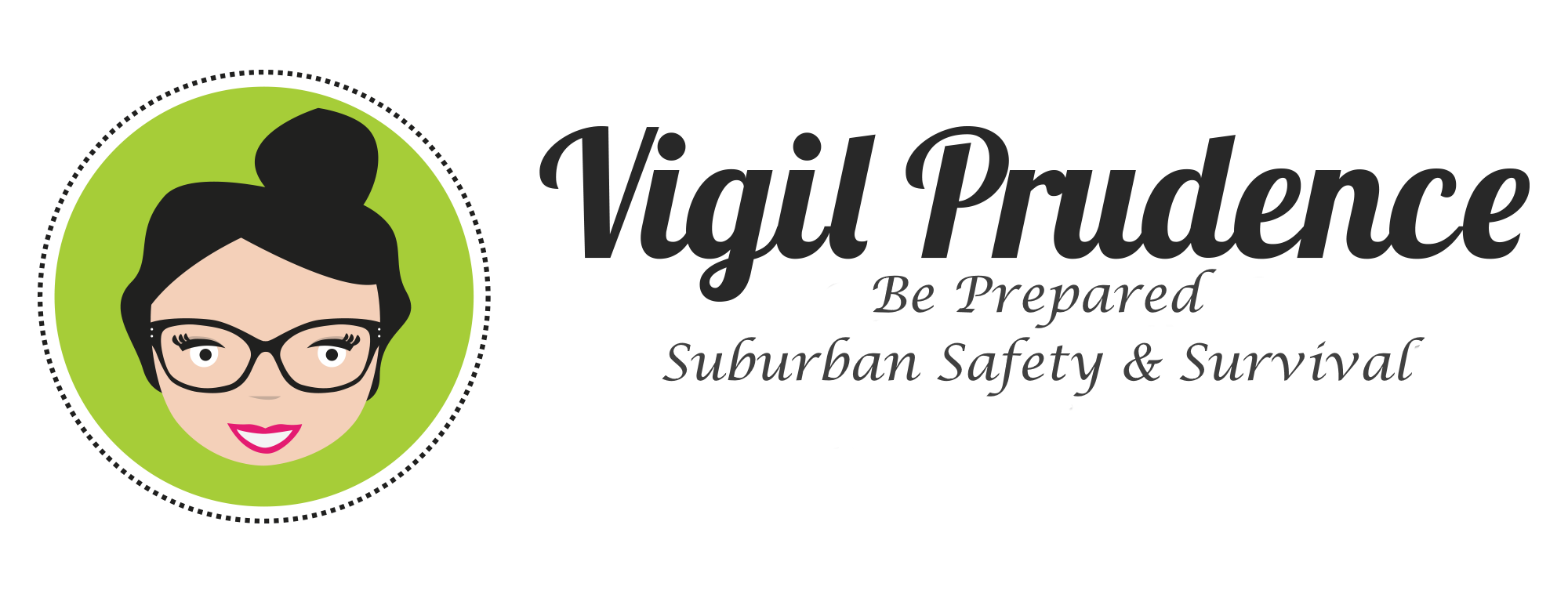














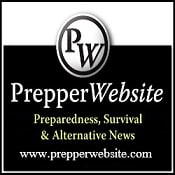
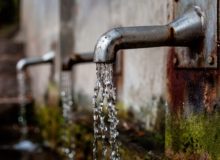
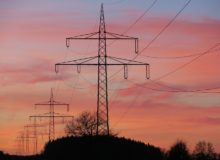

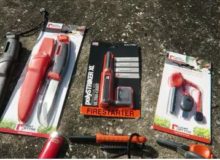
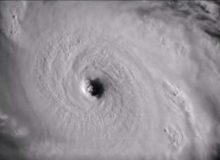
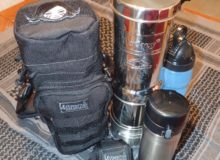
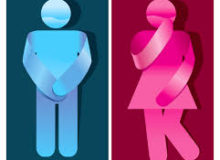
12 Aug 2019
0 CommentsDisaster Aftermath: Safe Drinking Water Wouldn’t Be a Concern with These Tips
Today’s guest post is by Tobias, founder of Geek Prepper.
The local authorities will be responsible for letting you know whether the tap water in your area is safe to use for drinking, bathing, or cooking. If they announce that the water supply is still not safe, the best thing that you can do is to look for bottled water and stick to using that. Make it a point to disinfect or boil water that you intend to use for cleaning, bathing, or cooking.
Unless you have an assurance that the local water supply is safe, stick to using treated, boiled, or bottled water not only for cooking and drinking but also for washing dishes, bathing, hand-washing, brushing your teeth, and cleaning. This is essential in preventing yourself and your family from dealing with illnesses brought on by unsafe and contaminated water.
The following tips can also eliminate your concerns about how to access safe drinking water after a disaster:
Disinfect water through boiling
One of the best methods of disinfecting water and making it as safe as possible is boiling. It can kill dangerous organisms present in water that might cause certain ailments. Make sure to use clean containers when boiling water. The first thing that you should do is to use a clean cloth, paper towel, or coffee filter to strain dirty water into a container. This is necessary for removing floating matter and sediments in the water.
Boil the water in the container for at least five minutes. Wait for it to cool down before using. If you want to improve the taste of boiled water, adding one pinch of salt to every quart of it can help. Pouring water from one container to another (make sure that the container is clean) back and forth for several times can also further improve the taste of boiled water.
Treat water that shows signs of contamination
Only drink safe and clean water and treat those sources that you find suspicious, like cloudy water from faucets. However, if you do not have other choices, then you can rest assured that you are allowed to treat the water. When planning to treat a seemingly contaminated water, make sure to let it settle in a clean container first before the actual treatment. This is essential in allowing particles to settle at the bottom.
With the help of a few layers of clean cloth or a coffee filter, strain the contaminated water. You can treat it afterward by boiling. As an alternative to boiling, you may also use standard household bleach. If you wish to disinfect or purify water with bleach then avoid using those that are scented as well as those with added cleansing ingredients.
For every gallon of water, add around one-eighth teaspoon of household bleach. Stir the solution then allow it to stand for around thirty minutes. You will know right away if you are successful in treating the water if it starts giving off a faint bleach smell. In case that smell is not noticeable then add one-eighth teaspoon more of the household bleach. Set it aside for fifteen minutes more. If no bleach smell is still noticeable then consider tossing that water and look for a new source.
Use your private water supply only after a thorough inspection
In case you have a water supply of your own, like a well, cistern, or any other source of private water, make sure to ask the health department in your locality first to examine it. This is to determine sanitary quality before using it. You have to get a guarantee that it is indeed safe for you and your family.
It should be tested to figure out whether it contains E. coli or fecal coliforms – both of which are bacteria that can trigger serious ailments when ingested by the body. You need to have it tested after disasters and emergencies, especially during floods, because these sources of private water will most likely be dangerous for you to use.
You need to gain an assurance of the safety of water through official test results before resuming your use of it. Do not forget to disinfect and purify all sources of water, too, to guarantee your safety.
Use iodine for water purification/disinfection purposes
One great thing about iodine is that it is capable of making water contaminated with bacteria safe for drinking. For you to start using iodine to purify and disinfect water, pour around five drops of it for every liter or quart of water you intend to disinfect.
For colored or cloudy water, increase the number of drops of iodine to 10. Stir the mixture then let it stand for a minimum of thirty minutes. After that, you can safely use the purified water. However, if you or any member of your family are pregnant or have thyroid issues then avoid using iodine as this might compromise your health.
Find other sources of water around your home
If you are still lucky to be able to stay in your home after a huge disaster then consider finding sources of it around. These include:
Conclusion
While it is a bit challenging to find a source of clean and safe water following a disaster, it is still possible by just being resourceful. Just make sure to avoid disinfecting and purifying water with an extremely dark color, foul odor, floating material and chemicals from spills, like gas or oil, as it might be completely unsafe.
Also, keep in mind that clean water is vital to your survival during an emergency or after a disaster so avoiding rationing it. Try consuming a minimum of two quarts every day or until there is a good supply. It also helps to invest in water filter systems for preppers before any disaster strikes as you can use this system to avoid running out of clean water during those times when you are in desperate need of it.
Author’s Bio:
I’m Tobias, The Geek Prepper. I intend to be of help to you and your loved ones as you prepare for natural and manmade disasters or any other emergencies. My posts about prepping are detailed and well-researched.
For unfamiliar topics, I team up with experts to create and publish highly accurate and informative content. I also make it a point to gather information from trusted private and government sources. My goal is to help everyone be fully prepared for any disaster or emergency so you can deal with it calmly without panic and anxiety.